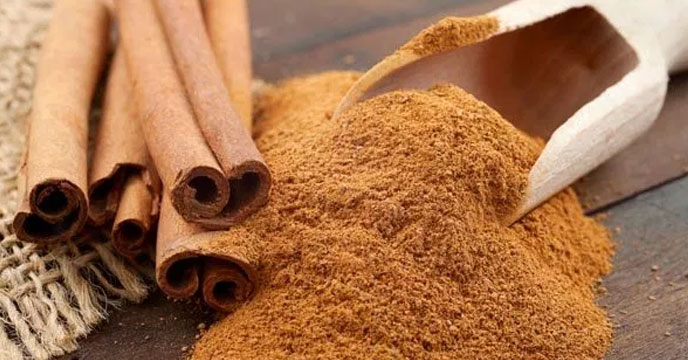Despite the success in cinnamon cultivation in the country, no gardens are being established at the field level so far. Cultivation is limited to the Spice Research Center in Shibganj, Bogra, the Magura, Sylhet, Gazipur and Comilla Regional Spice Research Centers, and the Faridpur, Sylhet and Khagrachari Spice Research Sub-Centers.
Project Director of the Spice Research Center Dr. Shailendra Nath Majumdar said, a few years ago, we achieved success in cultivating cinnamon suitable for our country. Cinnamon is an essential spice for us. We have to import it from abroad to meet the demand. This costs a lot of foreign currency every year. Cinnamon is cultivated in countries such as India, Sri Lanka, Indonesia, Nepal, Bhutan, etc. After the establishment of the spice research centers, varieties were collected from abroad and brought to our country to develop varieties suitable for cultivation. However, he mentioned that hilly forests are more suitable for cinnamon cultivation.
In our country, the Sri Lankan variety is suitable for cultivation. You can make grafts from trees and cultivate them in the field. You can also make seedlings from seeds and plant them in the field. 6,000 seedlings can be planted in one acre. Once you create a cinnamon garden, it lasts for a long time. After two years, you have to cut the tree and collect the bark. After removing the bark, it has to be dried in a shady place. This improves the quality. Once you cut the tree, the tree grows big again, leaving the trunk. When the tree is like a two-inch pipe, it has to be cut. The potential for cinnamon cultivation is high in the forest areas of Rangamati, Bandarban and Khagrachari districts, said Shailendra Nath Majumdar, project director of the Spice Research Center.







